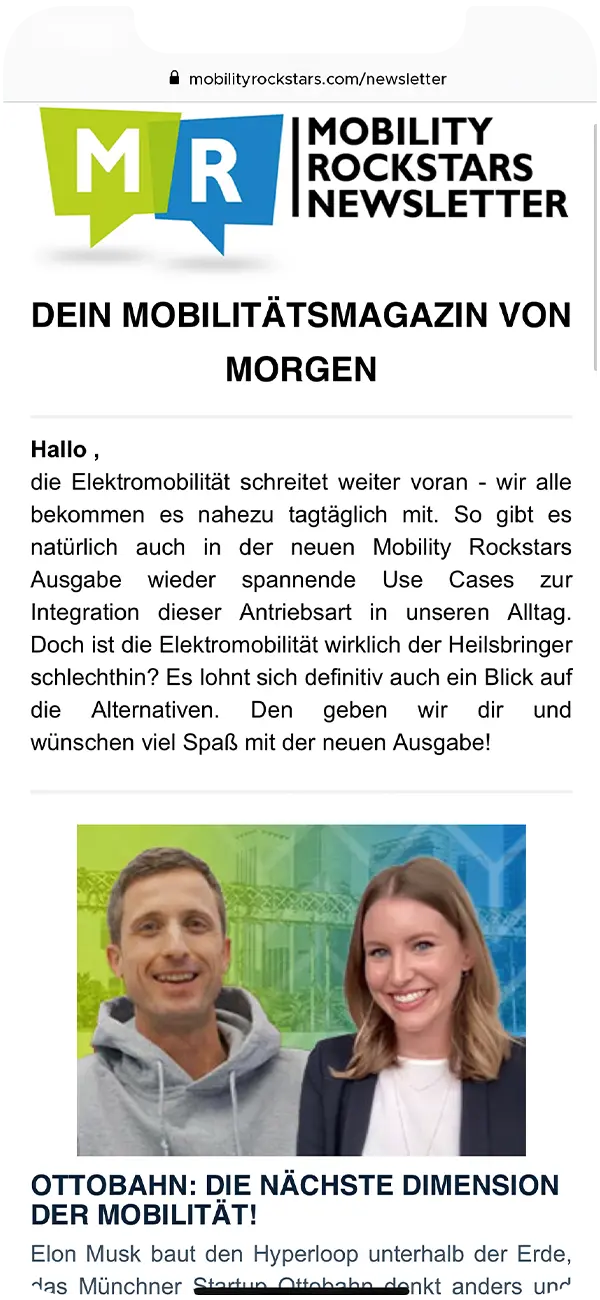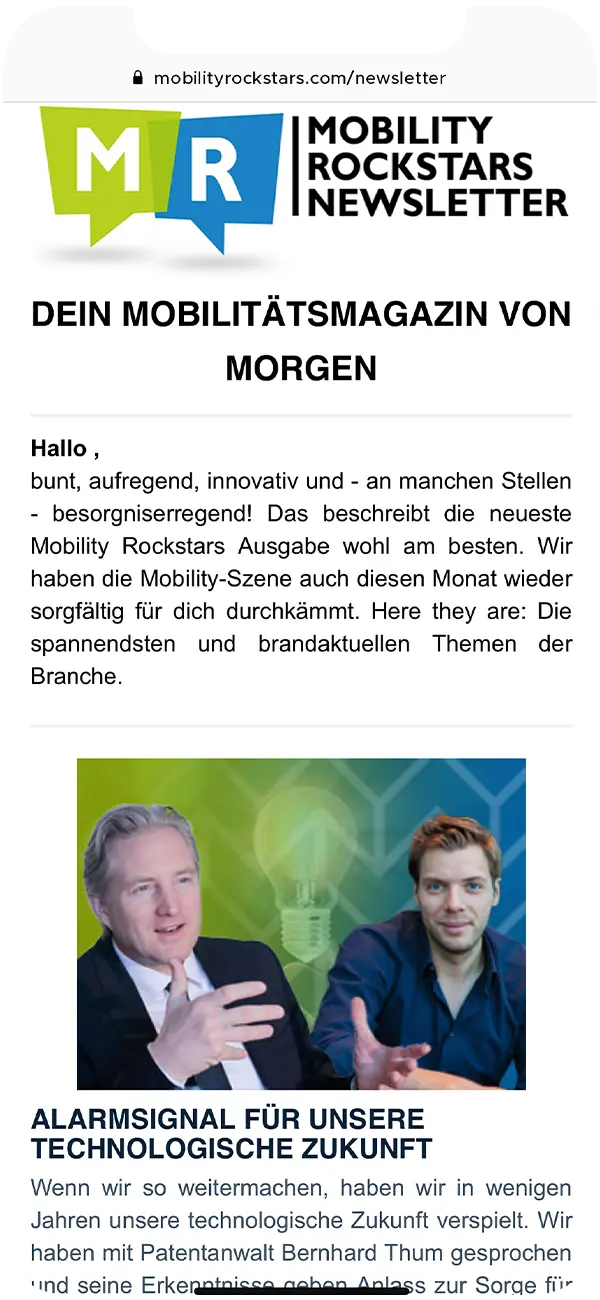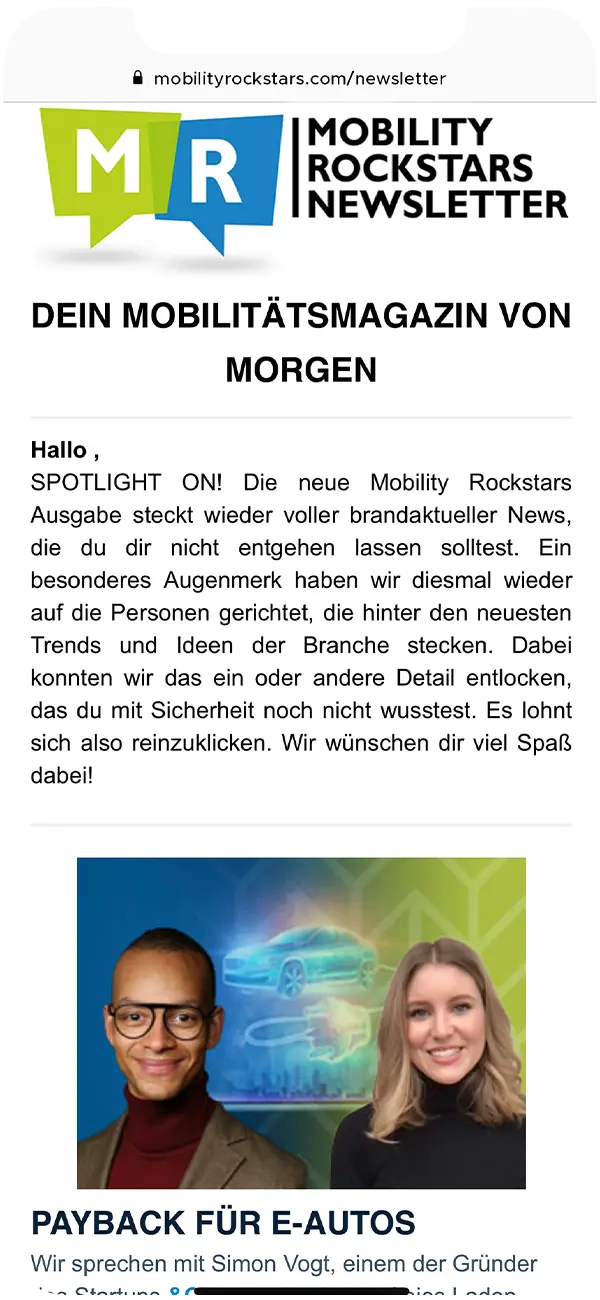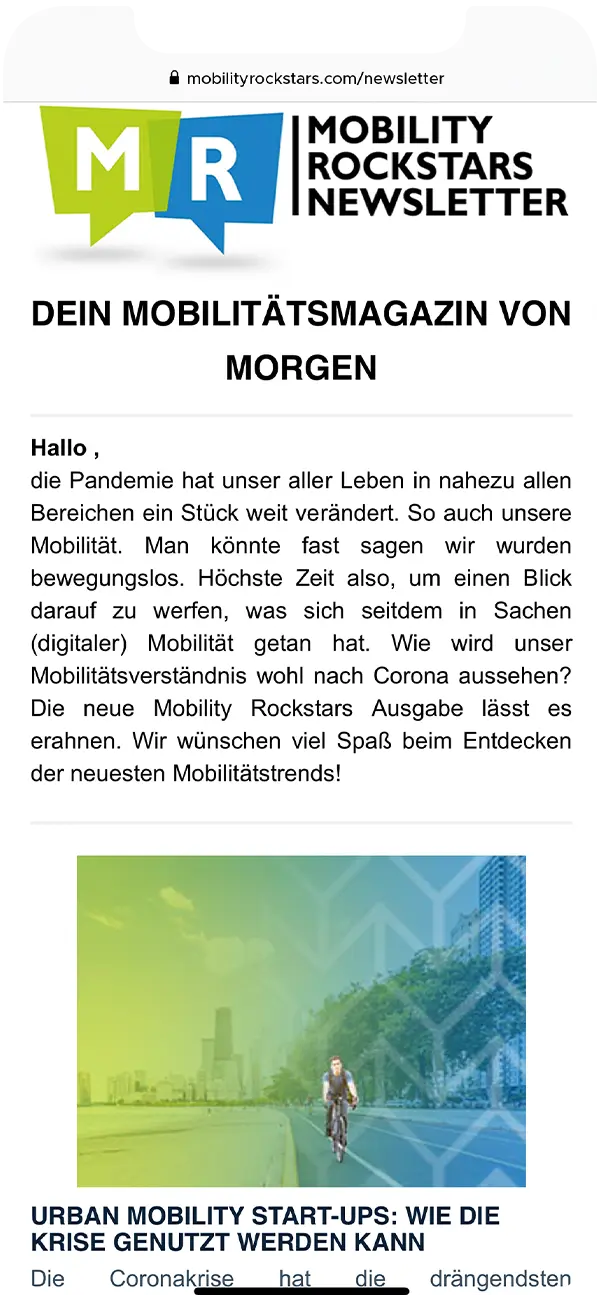Perseus – Personalized End User Storage
In a world where many things fall prey to conformity, we often feel the need to emphasize our individuality. And where better than in your own car? Current vehicles offer drivers an almost unmanageable number of possible personalizations, and personalization creates convenience. Whether position favorites in the navigation system, seat and steering wheel settings, ambient light, instrument cluster of the display and much more: all this can be set individually. It's a shame that these settings have not been able to move with us so far when we move to another vehicle. "So far," however, is the key word here: with personalized end-user storage, Cognizant Mobility provides the foundation for a highly available system that manages user-dependent data via app, PC, and on all vehicles, allowing individual settings to be transferred to other vehicles.
This article will introduce you to how this works, what the technical basis behind it is, and what expertise the Mobility Rockstars at Cognizant Mobility GmbH brings to the table in this area.

Marc
Marketing Professional
8.02.22
Ca. 12 min
The Personalized End User Storage – How your settings move with you into the new vehicle
Who does not know this? Seat perfectly adjusted, steering wheel at perfect height, all mirrors optimally adjusted. Heating has the perfect temperature, the navi is already ready and offers a list of the 5 most popular places we often visit, and on the display are all the ads that interest us: Wonderful. But how often do we lose this idyll when we share the vehicle with other drivers? Whether it’s the life partner:in, whether we’re car sharing, or even whether we’re switching to a different vehicle because we’re driving a company car or have borrowed a rental car – each time you have to make the basic settings again, and many functions are hardly worth looking for in the convoluted menus of the vehicle software because of the short usage time, or you don’t even find what you’re looking for.
Those days are thankfully over, at least if you stay within a vehicle manufacturer’s fleet. Thanks to Personalized End User Storage, internally abbreviated to “Perseus”, personalized data can be synchronized with any vehicle from anywhere using an app or browser. From now on, it’s a case of “get in, log on to the app (or via QR code on the vehicle), have the settings applied – and drive off as usual”.
How does Personalized End User Storage work?
The fundamental linchpin of “Perseus” is the option to store all user-related information and retrieve it from any point (app, website, other vehicles). The app “,MyBMW” has been known and in use for some time – and is currently the only OEM to provide Personalized End User Storage in this form, although it is to be expected that other manufacturers will follow this example. Cross-manufacturer use is still a vision that developers are nevertheless working on in order to offer end users the maximum possible convenience.
As an important part of the software development and part of the portfolio of Cognizant Mobility, the backend of the for this personalization, whose final end-use point is the aforementioned app, is the backbone of the Personalized End User Storage. The backend is where the data is received, managed and made available for retrieval – in other words, the backend forms the interface between the front end (the app, or a website) and the vehicle. In this way, convenience can be created by providing the personalized data for the user where he/she needs it, in this case in the vehicle currently in use. So rental cars, car-sharing and carpooling lose their terror, at least as far as vehicle personalization is concerned. When the familiar radio station plays and all configurations are transmitted individually, it also drives with less distraction and thus not only more comfortable, but also safer. In this context, the management assumes a software development with experience in automotive, with cloud native development and participation in industry standards (for example, Cognizant Mobility is represented in the Autosar committee and actively participates in the continuation of automotive standards).
The data itself is stored directly in the vehicle whose key the user uses. In this way, the data reaches the backend and can in turn be loaded onto the app from there. For older vehicles, there is the option of loading the data onto the vehicle key – and transferring it directly to the vehicle from there. In further steps, the industry continues to work at full speed on the digital car key, which will make a physical key obsolete. Instead, the car is unlocked and customized via an app, without any effort on the part of the end user. This method is already in active use and will certainly be refined and optimized in the coming years – the convenience of this solution is obvious, as is the need for accompanying security measures.

Personalized End User Storage: The Technical Background
The basic development work follows modern frameworks like Scrum, or in this case even “SAFe” (Scaled Agile Framework). Without going into depth, it should be said that SAFe is an adaptation of the Scrum framework for large companies whose large orders cannot be solved with just one Scrum team. Via SAFe, dependencies within different Scrum teams can be minimized. In the case of Cognizant Mobility, Product Increments are scheduled with lengths of 2 months with 4 sprints, but as I said, this is more of a detail. However, Scrum (in this case SAFe) and Agile are relevant frameworks that are indispensable components on the road to success in contemporary development teams.
The development of Personalized End User Storage here is completely Cloud Native – if you’re interested in what exactly that is, we have a detailed article for you here, after reading which you’ll know everything you need to know about Cloud Native.
So all Cognizant Mobility solutions benefit from being designed for the cloud, high availability, resilience and rapid scaling on demand included.
The applications are developed optimized for AWS (Amazon Web Services), i.e. as mentioned cloud native, in order to function optimally in the Amazon Cloud. The applications are divided into various microservices, and containers and images are used in the classic way to enable the same conditions on different environments as far as possible – an important step in order to be able to carry out high-quality development work. Another particularly interesting aspect of the work with Personalized End User Storage is that Cognizant Mobility operates sixteen databases in Europe alone as part of the project – which is generally due to the underlying software – and thus demonstrates that it is possible to handle highly complex environments: a single database is the norm. In order to operate the service satisfactorily for the customer, a considerable amount of additional work was required in terms of a very complex development situation, but this could be implemented without any problems.
In addition, the regular life of DevOps is an important success criterion. This is not even just referring to the DevOps way of working, or, as you could also say: It’s not just about Java development, but also about the entire cloud infrastructure that wants to be maintained and serviced, operations that need to be optimized, in short: embracing and maintaining the whole package and thus presenting a holistic solution that meets and exceeds current automotive industry standards. We’re even leaving out important aspects like networking here – a bit ahead of ourselves, you could say that this article and the aforementioned DevOps aspect illuminate the core of the Onion rather than the entire scenario.
To be a little more specific, we would still need to establish some definitional basis, but simplistically we would put it that usually there is some instance situation – usually there is a PC or some other computing platform that is provided with an operating system, which in turn runs software. In the case of cloud native development of the Perseus project, virtualization first takes place in the cloud (e.g., via Docker/Kubernetes), and additional, virtual machines are created in Kubernetes (PODs). These PODs in turn contain one or more containers, such as Docker containers. We don’t want to take you too far into the technical depths of software development at this point, but if you’re interested in the topic of PODs, we may recommend this link for a more in-depth look.
If you were to go one level deeper, you would find images with various applications, such as application servers. The underlying business logic is of course based on Java – think of it like an onion: DevOps is the outer layer, Java development is the core, and given the know-how, capable Scrum teams and experience, a prestigious project like Personalized End User Storage is born.

Personalized End User Storage: The Bottom Line
Development is convenience, personalization is convenience, performance is convenience. As the digital world continues to push forward, offering us personalization in all areas of life on a previously unheard of scale, it is an absolute imperative to recognize and implement the promotion of this convenience for the sake of customer satisfaction. Personalized End User Storage is an example of this development, as are projects such as Identity Storage or the further expansion of the eSIM process.
Cognizant Mobility is an experienced partner in the development of the entire conceptual design, architecture, software development as well as the subsequent support of the project with modern teams that work according to current frameworks, bring in the latest tools and knowledge and do not just carry the DevOps environment in front of them as a flag, but live it concretely. Feel free to contact us if you are interested in the topic in more detail, whether as a business partner, investor or even as an interlocutor at eye level – we love our topics and are always ready to give them more visibility and relevance.
If you want to stay up to date, we also recommend that you click through the recommended topics below or subscribe to our company newsletter – free of charge, of course – to stay informed. This is how personalization begins.






